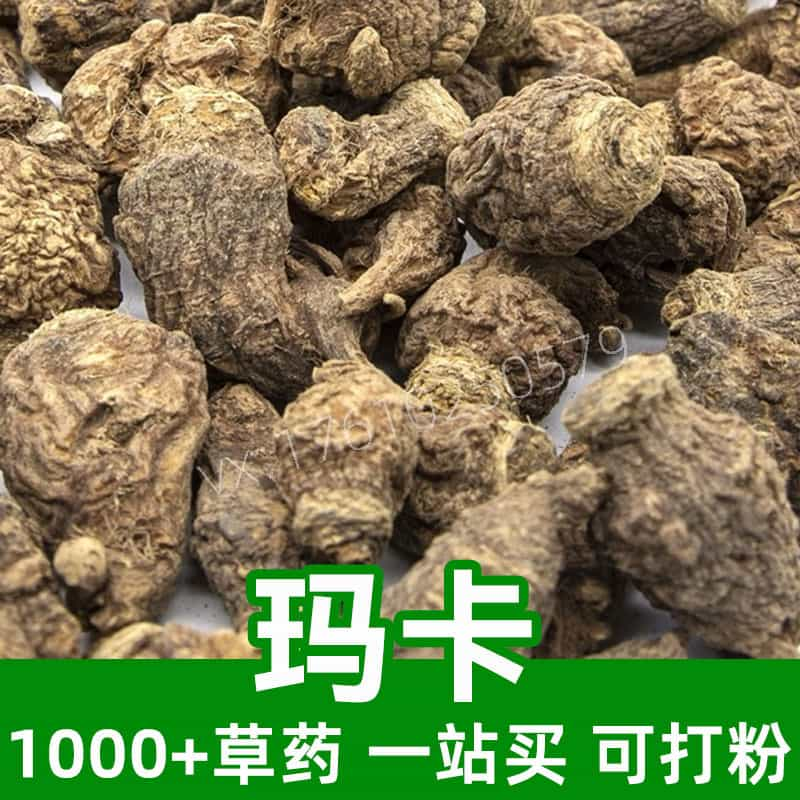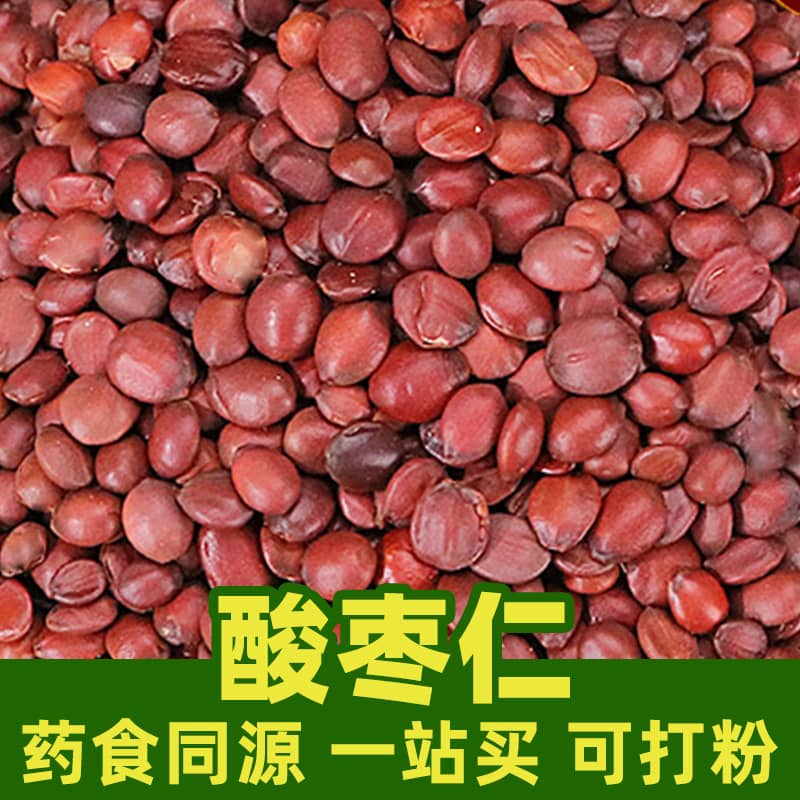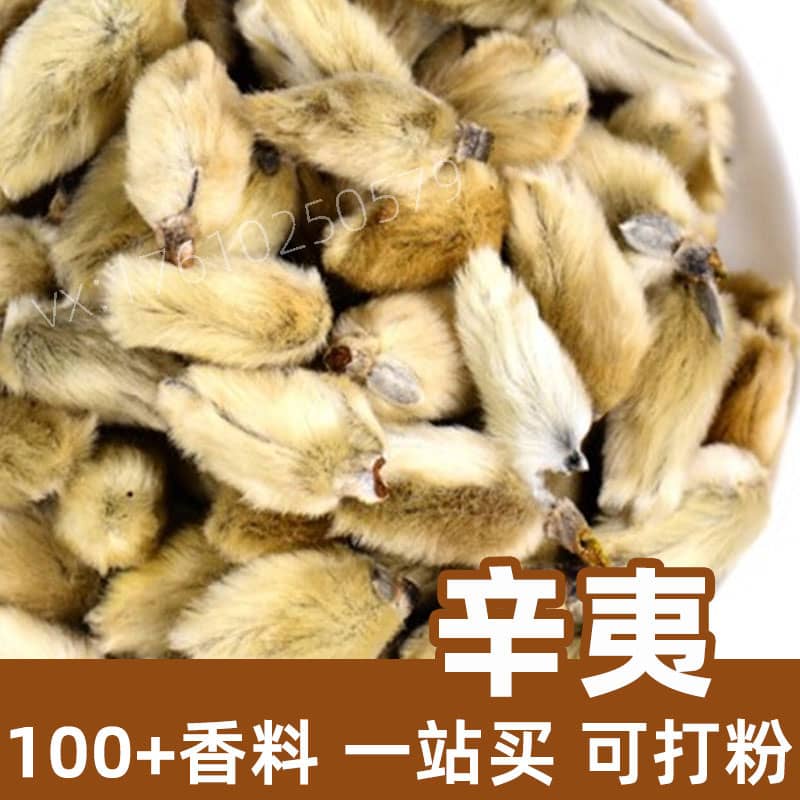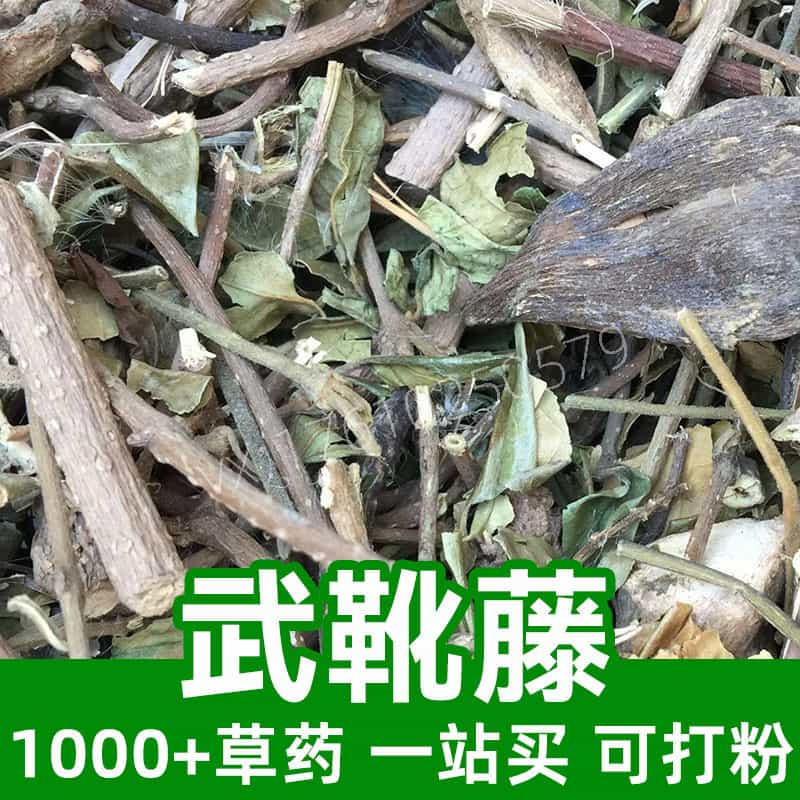Verbena officinalis Product Introduction
Verbena officinalis, scientifically known as *Verbena officinalis*, is a common perennial herb primarily found along the forest edges, shrublands, and rocky crevices of various regions in China. This plant is known for its heart-shaped leaves, small yellow flowers, and nut-like fruits.
Verbena officinalis contains a rich array of flavonoids, tannins, volatile oils, and other compounds, with flavonoids being one of the key active ingredients. These components contribute to Verbena officinalis's medicinal value.
In traditional Chinese medicine, Verbena officinalis is widely utilized for its warming effects on the kidneys, strengthening bones and muscles, and improving blood circulation. It is commonly used to treat conditions associated with kidney yang deficiency, such as lower back and knee pain, impotence, and premature ejaculation, and to alleviate joint pain and improve osteoporosis-related issues.
Despite its rich medicinal properties, Verbena officinalis should be used cautiously and under the guidance of a healthcare provider, particularly for individuals with chronic diseases or those taking other medications. In summary, as a traditional medicinal herb, Verbena officinalis holds significant importance in Chinese medicine due to its rich active ingredients, but care should be taken when selecting the appropriate dosage and usage to ensure safety and effectiveness.
Key Active Ingredients of Verbena officinalis
Verbena officinalis (*Verbena officinalis*) is a traditional medicinal herb whose key active ingredients include flavonoids, tannins, volatile oils, and others. These compounds contribute to the medicinal value of Verbena officinalis.
- Flavonoids: Flavonoids are one of the primary active ingredients in Verbena officinalis. Among them, Isoflavones, Isoflavonoids, and Flavonoid glycosides are the most common. These compounds are known for their antioxidant, anti-inflammatory, and immune-boosting effects, and they have certain benefits for improving kidney function and enhancing sexual health.
- Tannins: Tannins are natural organic compounds with astringent properties, playing an important role in Verbena officinalis. Tannins have astringent, hemostatic, anti-inflammatory, and swelling-reducing effects, and they can be used to treat gastrointestinal issues and skin inflammations.
- Volatile Oils: The volatile oils in Verbena officinalis contain various compounds such as volatile ketones and alcohols. These components have stimulating effects on the nervous system, promote blood circulation, and increase excitability, which can help improve sexual dysfunction and relieve fatigue.
- Other Components: In addition to the major ingredients listed above, Verbena officinalis contains a variety of amino acids, trace elements, and vitamins, all of which are beneficial to health, contributing to improved immunity and increased physical strength.
In conclusion, the key active ingredients in Verbena officinalis offer various pharmacological effects, including enhancing sexual function, improving kidney function, and boosting immunity. However, Verbena officinalis should be used with caution, and it is best to follow the guidance of a healthcare provider to avoid unnecessary side effects.
Applications and Dosage of Verbena officinalis
As an important medicinal herb, Verbena officinalis has a wide range of applications in traditional Chinese medicine and the food industry. Below are the primary applications and dosages of Verbena officinalis in these fields:
- Tonifying Kidney Yang: Verbena officinalis is believed to have warming and tonifying effects on kidney yang, strengthening bones and muscles. It is used to treat symptoms of kidney yang deficiency such as low back and knee pain. According to traditional Chinese medicine, impotence and premature ejaculation resulting from kidney yang deficiency can be regulated by taking Verbena officinalis.
- Strengthening Bones and Muscles: Verbena officinalis is rich in various active compounds that help promote bone health. As a result, it is commonly used to improve conditions such as osteoporosis and joint pain.
- Enhancing Sexual Function: Verbena officinalis is widely used to treat male sexual health issues such as impotence and premature ejaculation. It promotes blood circulation, increases libido, and enhances sexual performance.
- Boosting Immunity: The flavonoids and other components in Verbena officinalis have antioxidant and anti-inflammatory effects, helping to enhance immunity and prevent illnesses such as the common cold.
Common methods of use in traditional Chinese medicine include:
- Decoction: Boiling a proper amount of Verbena officinalis with water and drinking the resulting liquid. The typical dosage is 3-9 grams per dose, which can be adjusted based on individual needs or medical advice.
- Stewing Soup: Verbena officinalis can be combined with other tonifying herbs in soups to enhance its restorative effects.
- Tablet or Capsule Form: Verbena officinalis can be processed into granules or capsules, making it easier to carry and consume.
In food applications, Verbena officinalis is not typically used in direct food processing but can be included in certain supplements or medicinal dishes to provide health benefits.
Overall, Verbena officinalis has broad applications in traditional Chinese medicine and health supplements. However, it should be used carefully according to medical advice to avoid overuse or potential interactions with other medications.
Origin, Distribution, and Growing Environment of Verbena officinalis
Verbena officinalis is a common perennial herbaceous plant belonging to the family Berberidaceae and genus *Verbena officinalis*, scientifically known as *Verbena officinalis*. Below is a detailed description of the origin, distribution, and growing environment of Verbena officinalis:
Origin:
Verbena officinalis is native to China and is mainly distributed across North, East, Central, and Southwest China, in regions such as Shandong, Hebei, Shaanxi, and Sichuan. It grows at altitudes ranging from 200 to 2500 meters in mountainous areas, forest edges, and rocky crevices.
Verbena officinalis is an evergreen or semi-evergreen herb with a height of 20-40 cm. It grows prostrate and has strong cold resistance and adaptability. Its leaves are heart-shaped or oval, arranged alternately, with a smooth surface and dark green color.
Distribution and Growing Environment:
Verbena officinalis is commonly found on hillsides, valleys, forest edges, creek sides, and rocky crevices, particularly thriving in moist, loose, humus-rich soil. In the wild, it is often found in the understory of forests, along forest edges, in grasslands at high elevations, and in ravine areas.
It is highly adaptable and can grow in sandy soil, loamy soil, or rocky soil. However, it does not thrive in environments with poor drainage or excessive moisture.
Verbena officinalis prefers warm, moist climates and is well-suited for areas with abundant sunlight and humid air. In optimal growing conditions, Verbena officinalis grows rapidly and can expand its underground rhizomes, forming a root system that adapts to various environmental conditions.
In summary, Verbena officinalis is a common herb native to China, distributed across multiple regions of the country. It thrives in warm, moist, and well-lit environments, is adaptable to various soil types, and is a typical mountain herbaceous plant.
Harvesting, Processing, and Storage of Verbena officinalis
The harvesting, processing, and storage of Verbena officinalis are crucial to preserving its medicinal value and quality. Below is a detailed explanation of these processes:
Harvesting:
- Harvesting Time: The optimal harvest time for Verbena officinalis is typically in spring and autumn when its medicinal components are at their highest.
- Harvesting Method: Verbena officinalis is usually harvested by hand, selecting healthy plants free from disease and pests.
- Harvested Parts: Primarily, the aerial parts, including the stems, leaves, and flowers, are collected.
Processing:
- Cleaning: The harvested Verbena officinalis should be thoroughly cleaned to remove soil, impurities, and pests.
- Drying: After cleaning, Verbena officinalis should be air-dried to an appropriate moisture level, avoiding excessive exposure to sunlight and humidity to preserve its medicinal properties.
- Baking: The dried Verbena officinalis can be further dried through baking to reduce moisture content and improve storage stability.
Storage:
- Packaging: The processed Verbena officinalis should be packed into dry, ventilated containers to prevent moisture and mold.
- Storage Conditions: It should be stored in a cool, dry, and dark place, away from direct sunlight and high temperatures.
- Sealing: Containers should be sealed tightly to prevent exposure to air, moisture, and odors, ensuring the quality and effectiveness are maintained.
- Shelf Life: When stored under proper conditions, Verbena officinalis can be kept for 6 months to 1 year. It should not be used past its expiration date.
Precautions:
- During harvesting, care should be taken to avoid damaging the plant roots.
- The processing environment must be hygienic to prevent contamination.
- Proper monitoring of moisture levels during drying is critical to avoid quality degradation.
In conclusion, the proper harvesting, processing, and storage of Verbena officinalis are key steps in ensuring its medicinal quality and value. It is important to follow standardized procedures to preserve its active components and extend its shelf life.
Monica Sun is a seasoned expert in the natural raw materials industry, with over a decade of experience specializing in traditional Chinese medicinal herbs, spices, and fungi. She is skilled in the sourcing, processing, and application of these materials, emphasizing sustainability and innovation. Monica Sun has contributed to the development of high-quality natural raw materials that serve as essential components in functional foods, pharmaceuticals, and cosmetics, delivering tailored solutions to meet diverse market needs.
















